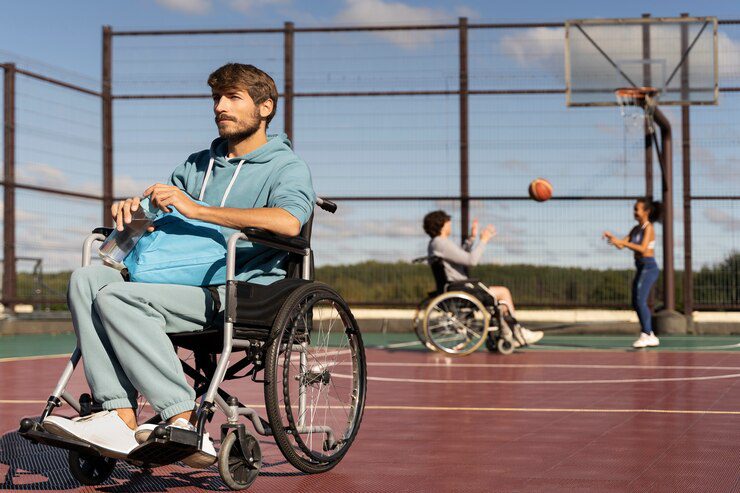For many, the world of sports is synonymous with physical perfection. It’s a realm often perceived as exclusive, a domain for the able-bodied. However, a revolution is underway, challenging these preconceived notions. Adaptive sports are rewriting the rules, proving that athleticism knows no bounds, and that determination can conquer any physical challenge.
What are Adaptive Sports?
Adaptive sports are designed for individuals with disabilities, offering modified versions of traditional sports or entirely new disciplines. These sports are not merely watered-down versions of their mainstream counterparts; they are meticulously crafted to accommodate specific needs and challenges. From wheelchair basketball to hand-cycling, adaptive sports provide a platform for athletes to showcase their skills, build confidence, and redefine what is possible.
Breaking Barriers, Building Champions
The power of adaptive sports extends far beyond physical activity concepts. They are catalysts for personal growth, fostering resilience, determination, and a sense of belonging. Athletes with disabilities often face significant challenges, but through adaptive sports, they find a way to overcome adversity and achieve extraordinary feats. These athletes become beacons of inspiration, demonstrating that limitations are often self-imposed.
The Evolution of Adaptive Sports
The landscape of adaptive sports has evolved dramatically in recent years. Advances in technology, such as prosthetics and assistive devices, have expanded the possibilities for athletes with disabilities. Alongside this, a growing awareness and acceptance of inclusion have created a more supportive environment for these athletes to thrive.
Popular Adaptive Sports
Wheelchair Basketball: A fast-paced and physically demanding sport that showcases incredible skill and teamwork.
Para Swimming: Athletes with physical disabilities compete in a range of swimming strokes, demonstrating incredible strength and endurance.
Sitting Volleyball: A modified version of volleyball played by athletes sitting on the ground, requiring exceptional teamwork and precision.
Adaptive Skiing: From downhill racing to cross-country skiing, athletes with disabilities conquer snowy slopes with specialized equipment.
Benefits of Adaptive Sports
Participation in adaptive Sports offers numerous benefits for individuals with disabilities:
Physical Health: Regular physical activity improves cardiovascular health, muscle strength, and flexibility.
Mental Well-being: Exercise is a natural mood booster, reducing stress and anxiety.
Social Connection: Participating in adaptive Sports fosters a sense of community and belonging.
Independence: Engaging in sports can boost self-esteem and independence.
Overcoming Challenges and Building a Supportive Ecosystem
While adaptive sports have made significant strides, challenges persist. Access to equipment, facilities, and qualified coaches remains a hurdle in many regions. Moreover, changing societal attitudes and increasing awareness are essential for creating a truly inclusive sporting environment.
To overcome these challenges, a collective effort is needed. Governments, sports organizations, and the private sector must work together to invest in adaptive sports infrastructure and programs. Additionally, media coverage and public awareness campaigns can play a vital role in promoting inclusivity and inspiring future generations of athletes.
Conclusion
Adaptive sports are more than just athletic pursuits; they are a powerful force for change. By challenging perceptions, breaking down barriers, and inspiring countless individuals, adaptive sports are redefining the boundaries of human potential. As society becomes increasingly inclusive, the future of adaptive sports looks brighter than ever.
Let us celebrate the triumphs of these extraordinary athletes and support their journey towards a more inclusive and accessible sporting world.







